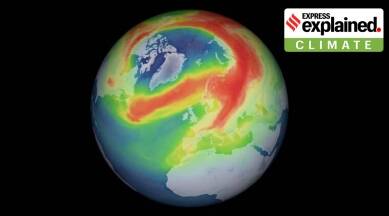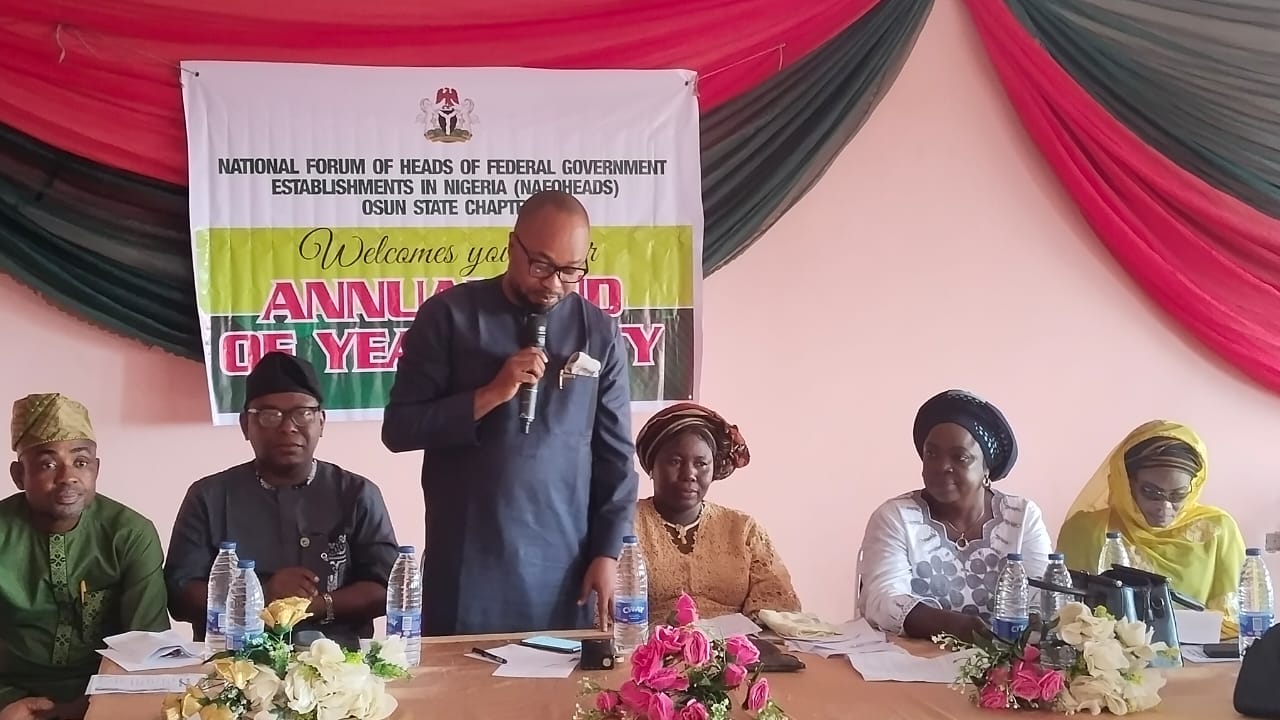Ozone Layer May Be Restored In Decades — UN Report
[ad_1]
A new assessment from the United Nations finds that the Earth’s ozone layer could be restored across much of the world in two decades if current policies are maintained, BBC News has reported.
The outlet says the poles will take longer to recover, with the Arctic and Antarctic holes expected to recover by 2045 and 2066, respectively.
It explains that after the hole in the ozone layer was discovered, 46 countries promised to phase out the harmful chemicals chloroflourocarbons under the Montreal Protocol.
The ozone layer is a thin part of the Earth’s atmosphere that absorbs most of the ultraviolet radiation from the Sun.
When it is depleted, this radiation can reach the surface – causing potential harm to humans and other living things.
Ultraviolet rays can damage DNA and cause sunburn, increasing the long-term risk of problems such as skin cancer.
The ozone layer began depleting in the 1970s.
Chlorofluorocarbons (CFCs), which were commonly found in spray cans, fridges, foam insulation and air conditioners, were blamed for eating away at the ozone layer.
A gaping hole in the layer was discovered by scientists in 1985. Just two years later, the Montreal Protocol was signed – with 46 countries promising to phase out the harmful chemicals.
The deal later became the first UN treaty to achieve universal ratification, and almost 99% of banned ozone-depleting substances have now been phased out.
The Antarctic ozone hole continued expanding until 2000, after which its area and depth began improving slowly.
Now, a report co-produced by UN, US and EU agencies says the Montreal Protocol is working as hoped.
It says that, if current policies are maintained, the ozone layer will be restored to 1980 values –before the ozone hole appeared – at different points in different places:
[ad_2]















Post Comment